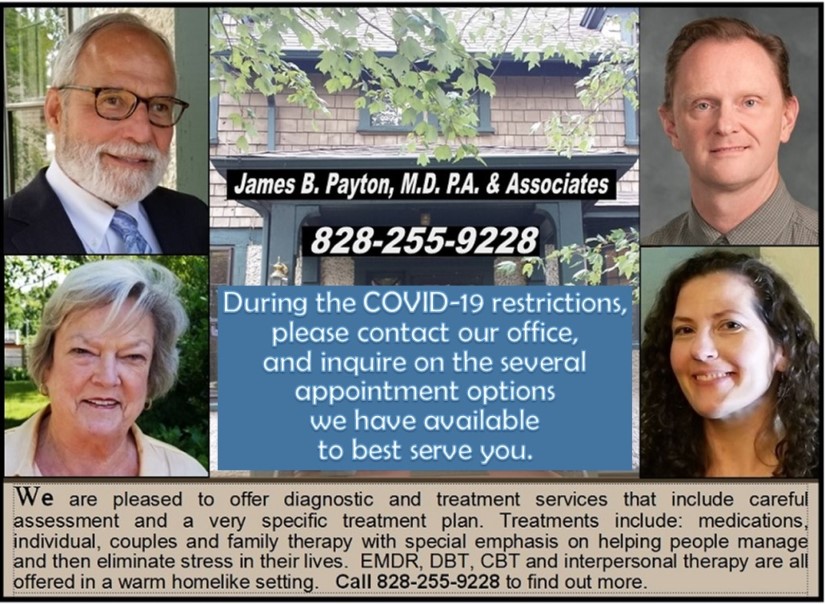HOME IS...WHERE THE KITCHEN IS?
Recently I was speaking with Curtis Duffy about his career as a chef. We talked about his realizing that even as a child he felt most at home in the kitchen. He described his increasing awareness of how important this feeling of at home was. He realized that he could trust that this feeling would be there if he was in his kitchen. I then read an interview about Curtis and discovered that he began his interest (passion?) for cooking in home economics class in the 6th grade. His 6th grade Home Economics teacher is one of those special people who change people's lives and this was true for Curtis. With the support and encouragement of people like his Home Economics teacher Curtis has pursued his dream and followed his heart into the kitchen. He told me that it is important that his work in the kitchen fosters an experience of community that brings together all the local people who supply him food, his servers and cooks and all the people who share his table with him. Curtis has followed his heart and opened his restaurant "Grace" in 2013 as an expression of his love of cooking and of community.
So, a kitchen can be home as well as a place where love exists. It can also be a place for a community. Just check out Grace when you are in Chicago. I wonder if any place can become a home if we open our hearts and share our love with others and then we become part of a community. Isn't this community experience what we are about as humans?
 community,
community,  home,
home,  kitchen | in
kitchen | in  ELIMINATING STRESS IN OUR LIVES
ELIMINATING STRESS IN OUR LIVES 